 |
 |
 |
| |
Combination Therapy for
Curing HBV - Arbutus BioPharma
|
| |
| |
Michael J. Sofia | Chief Scientific Officer
April 22, 2016
CHI Antiviral Symposium,
San Diego, CA
ARB-1467 (TKM-HBV, RNAi) is being developed as a multi-component RNAi therapeutic that simultaneously targets three sites on the HBV genome. Targeting three distinct and highly conserved sites on the HBV genome is intended to facilitate potent knockdown of all viral mRNA transcripts and viral antigens across a broad range of HBV genotypes and reduce the risk of developing antiviral resistance. ARB-1467's design will target hepatitis B surface antigen (HBsAg) expression from both cccDNA and integrated HBV sequence.
We are developing multiple series of cccDNA formation inhibitors. We anticipate that the inhibition of cccDNA formation will reduce the amount of cccDNA in infected liver cells and could ultimately eliminate the reservoir of HBV genomic material required for continued viral replication.
TLR9 agonists are a novel approach to immune reactivation in patients with chronic HBV. By stimulating cellular TLRs we expect to be able to elicit an innate immune response that leads to the production of cellular proteins that target viral infections.
Our lead TLR9 program, ARB-1598 (CYT-003), was in-licensed from Cytos Biotechnology Ltd., where it was evaluated clinically in allergic asthma. We plan to initiate clinical evaluation of ARB-1598 in 2016. ARB-1598 is also being evaluated in preclinical studies including combinations of agents with different mechanisms, the results of which will be presented in 2016.
We are developing two distinct capsid assembly inhibitor chemotypes as oral therapeutics for the treatment of chronic HBV infection. By inhibiting assembly of the viral capsid, the ability of hepatitis B virus replication is impaired, which reduces the amount of new virus produced.
Capsid assembly inhibitors can be used in combination with other direct acting antiviral agents and host immune modulators under development.
We expect to file an IND following additional preclinical development, including additional efforts to improve potency and optimize the drug-like properties of the lead compound series, as well as additional studies to assess efficacy and safety in animal models.



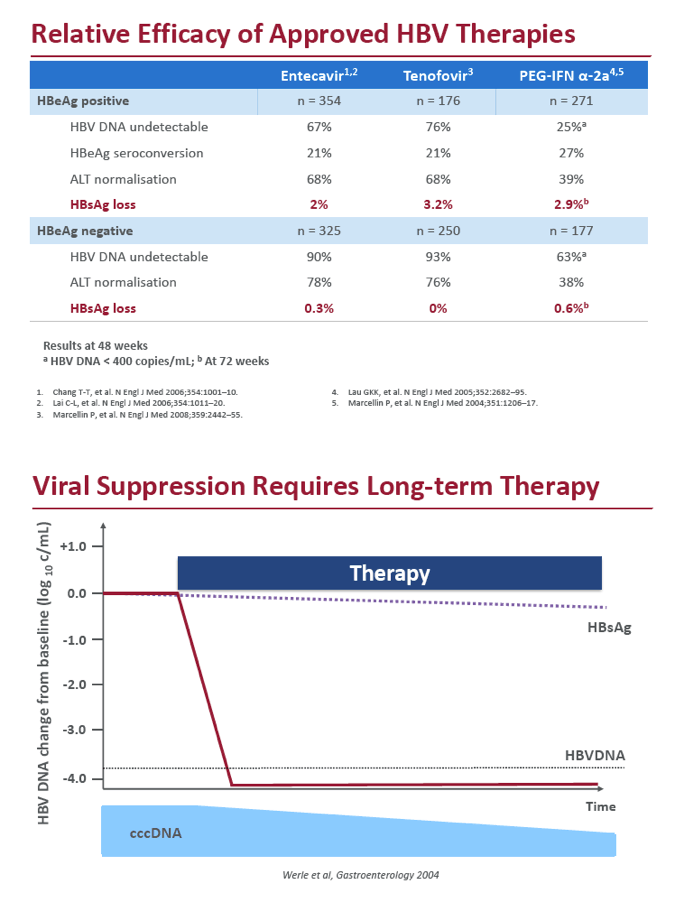

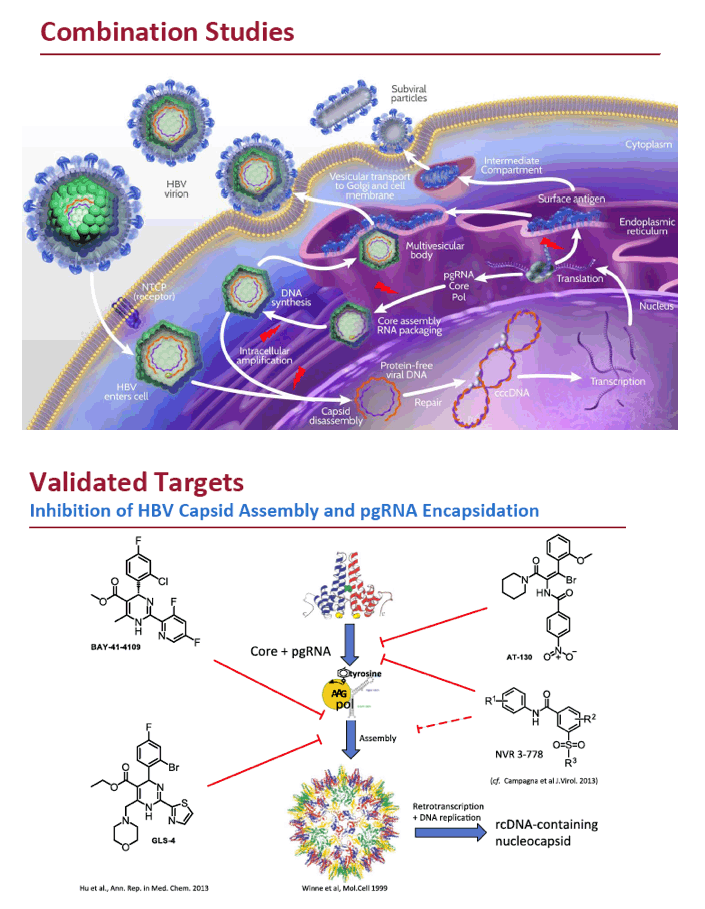
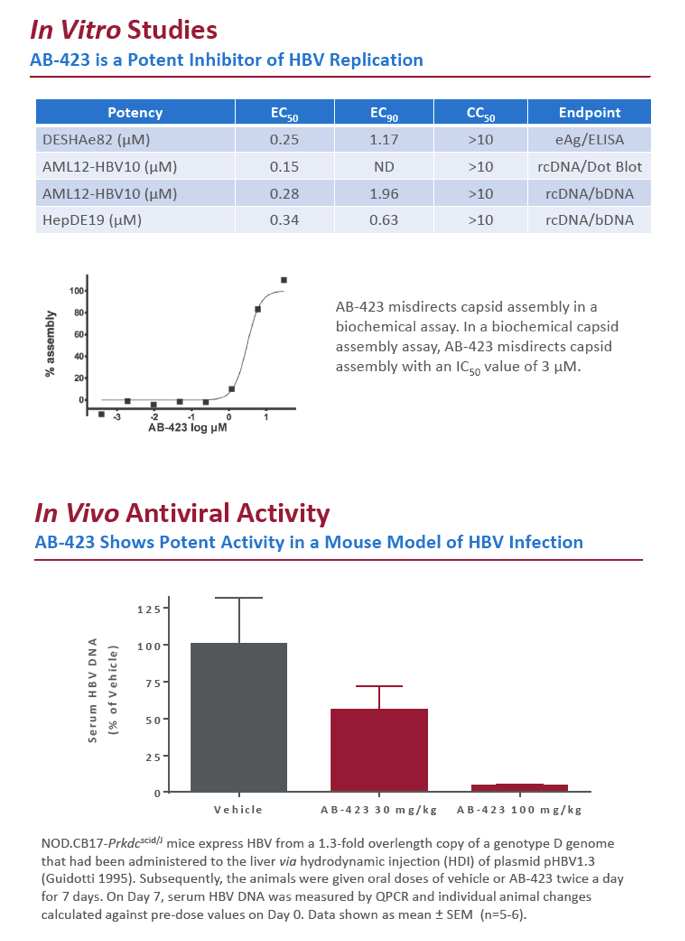
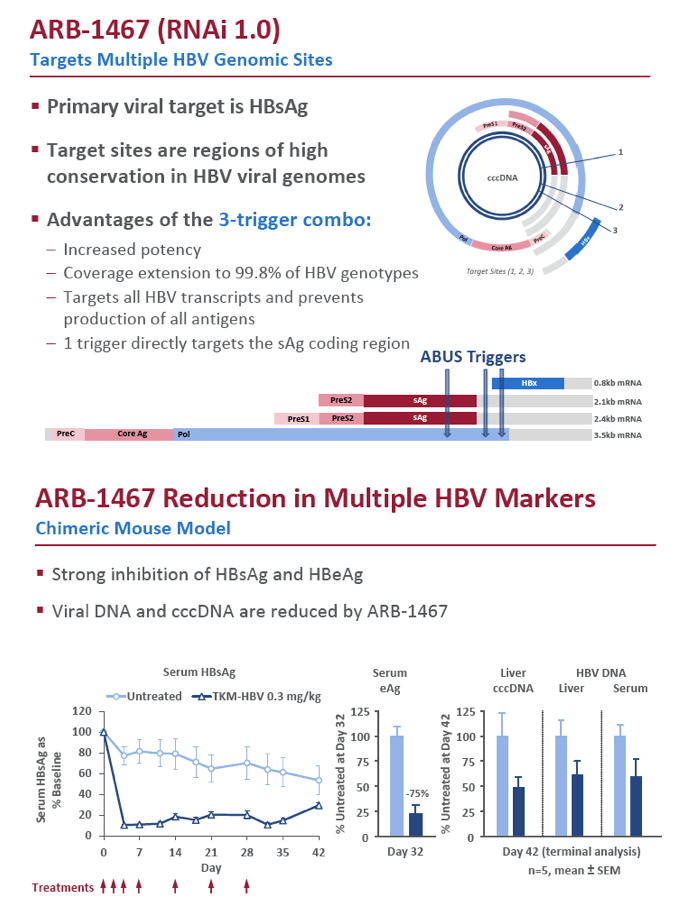
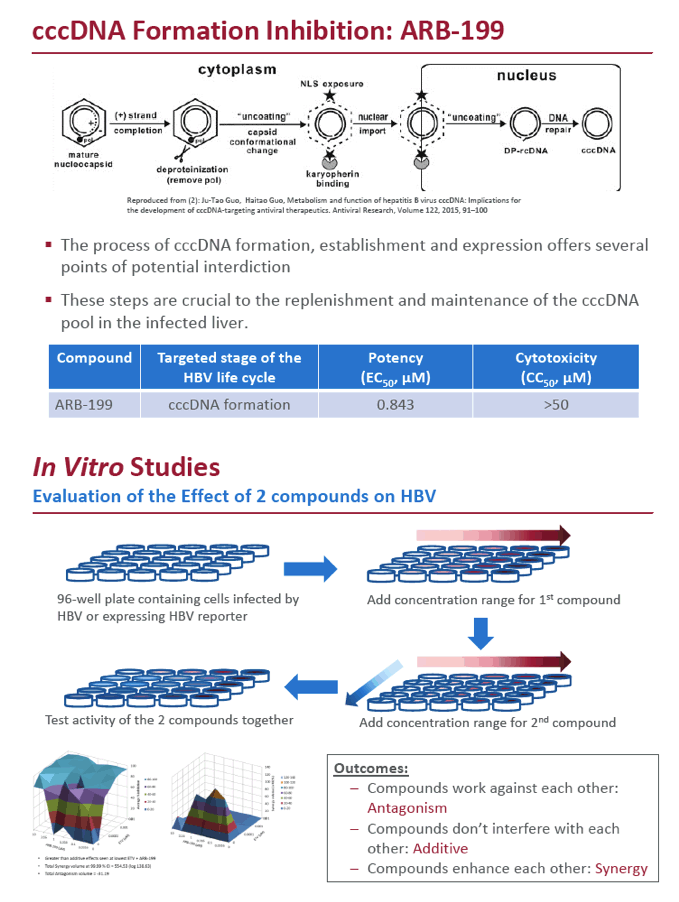
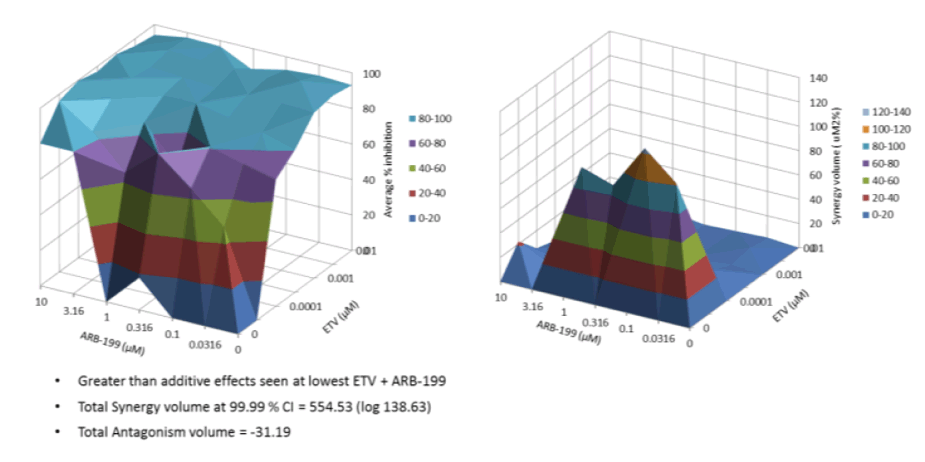
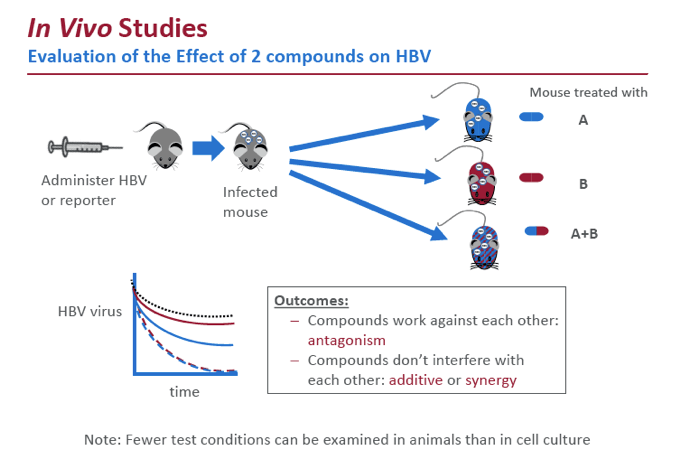

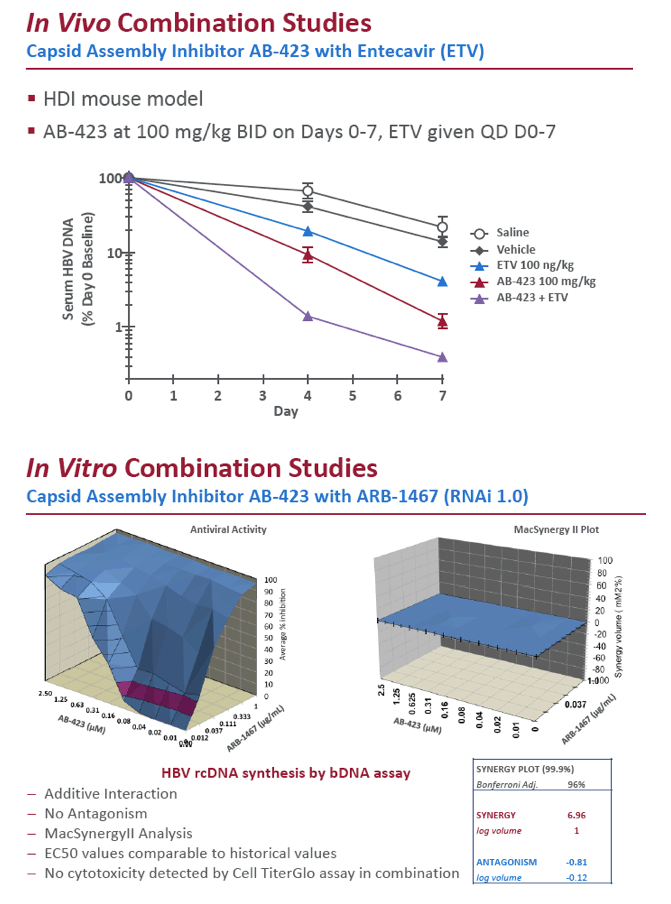
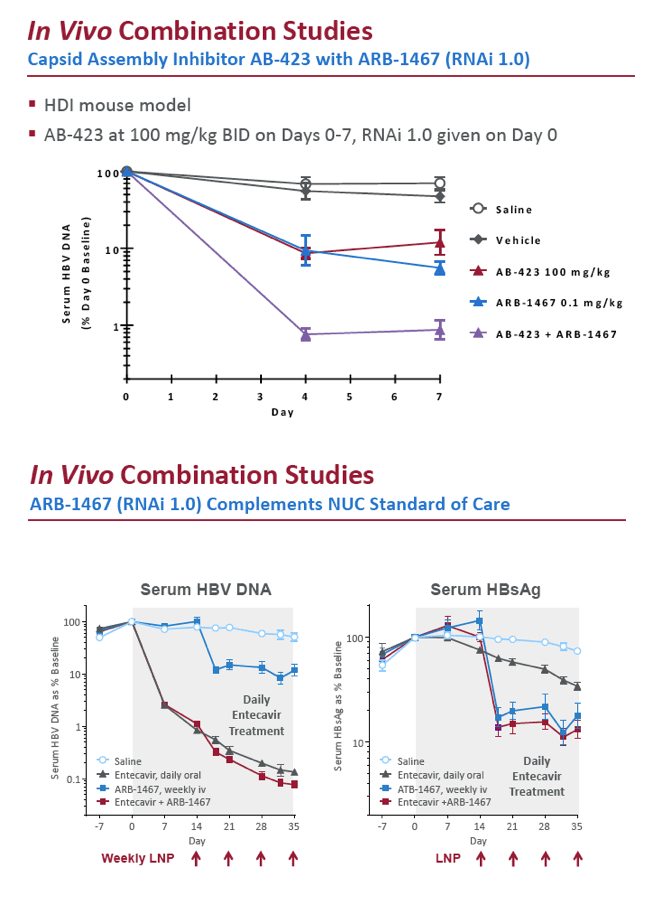

|
| |
|
 |
 |
|
|